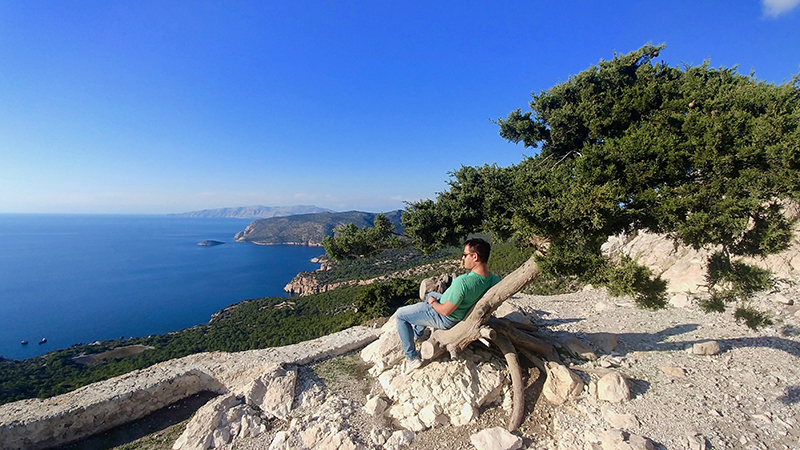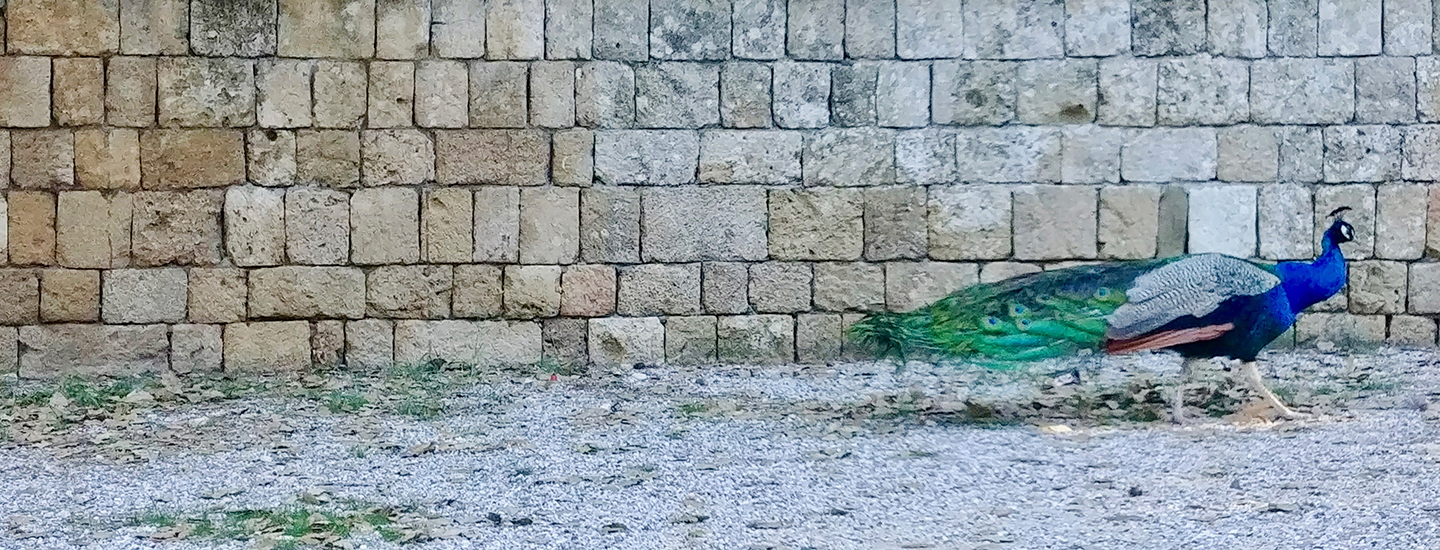
Athens has the Parthenon, Santorini the sunset, Mykonos the beaches. For decades, travellers have flocked to the myriad idyllic destinations in Greece, living out their own personal Greek myths. Although the ancient ruins, whitewashed clifftop villages and narrow cobblestone streets all beckon, understandably, there are many other places in Greece that scratch the travel itch.
The Dodecanese group of islands in Greece’s southeast is such a place—an off-the-beaten-path corner of the world that makes you feel as if you’ve stumbled onto a hidden paradise.
Translated from Greek, Dodecanese means “12 islands.” In actuality, this island grouping numbers 15 large and 150 smaller islands in the Aegean Sea, promising pristine beaches, battled-ravaged fortresses and clifftop monasteries. Exploring here means breathing history, walking through a living museum, touching structures that showcase the scars of countless conflicts and a classical beauty dating back centuries.
My mom is from the island of Rhodes, the historical capital of the Dodecanese and in many ways my second home. I’ve been fortunate to visit several times since childhood, and I admit to focusing more on making summer friends than acknowledging the beauty around me. With time, I came to appreciate my roots and feel such a deep connection to the land and its people that I get inexplicably emotional and almost speechless every time I land at the airport. I find the strongest sense of belonging here, a connection and an effortless peace. Rhodes, it seems, is where my soul lives.



